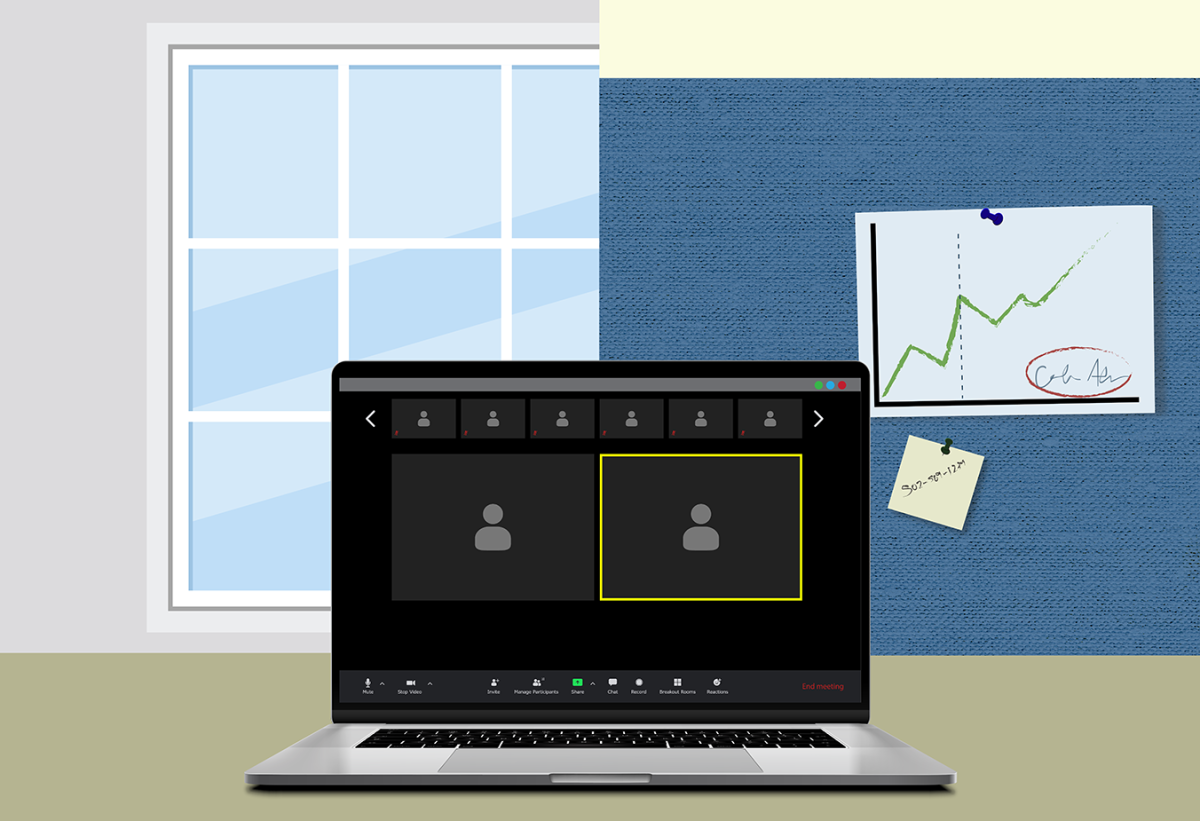In 2020, work-from-home options became the new norm for nonessential businesses.
Collaborative Zoom calls replaced in-person business meetings, and instead of decorating office cubicles, workers created efficient home-offices.
I can’t even begin to count how many at home workspace inspiration videos I watched during lockdown.
And here we are four years later, locked in a heated debate about the push for employees to return to the office.
Forbes Advisor reported that, “As of 2023, 12.7% of full-time employees work from home, while 28.2% work a hybrid model.”
Within the same report they also stated that “98% of workers want to work remote at least some of the time.”
With so many workers preferring remote work options, you would think that businesses would want to build a flexible system for employees to choose from. However, 90% of companies want to put return-to-office policies into effect by the end of this year, according to CNBC.
Wayfair let employees know that remote workers were more at risk of termination in the latest job cuts than in-office workers.
Forcing employees to return to the office full-time will cause more harm than good when it comes to the professional work culture.
Workers want the freedom to choose workspace and schedule. This does not mean that they are any less committed to the company, but rather that they are human beings wanting to find a suitable work-life balance.
Juliana Kaplan documented her work experience during the pandemic for Business Insider, stating, “Remote work changed everything for me. I could suddenly sleep more, Zoom with friends (we started a regular game night), and I learned how to actually, really cook.”
Kaplan graduated in 2019 and soon after began working for Business Insider. The typical 9-to-5 schedule felt draining to Kaplan, as it does for most young professionals.
When her work transitioned to being fully online, Kaplan felt that she had control over her adult life.
And even after shifting into a hybrid-work model, Kaplan said she still feels comfortable.
“Like other Gen Zers, I enjoy getting face time with my coworkers, and, honestly, the free food. But what I enjoy most about my new hybrid model is that it makes the 9-to-5 feel like a novelty,” Kaplan commented. “It’s something I play pretend at once or twice a week. The rest of the time, I’ll be logging on from home — and maybe fitting in a run or a load of laundry, too.”
Work-from-home and hybrid-work options do not negatively affect the office-culture of corporate America.
Instead, these flexible schedules increase positivity and productivity within the personal and professional lives of employees.
Whether the hybrid model lessens an employee’s monthly commuting expenses or provides more time to share with their family, every worker has a different circumstance at home that can require less traditional workspaces.
Do not get rid of the work-from-home model. Instead, give employees the ability to choose how their days are going to look.
Corporations have the opportunity to better the workplace experience; they just have to be willing to take it.

































































































































































